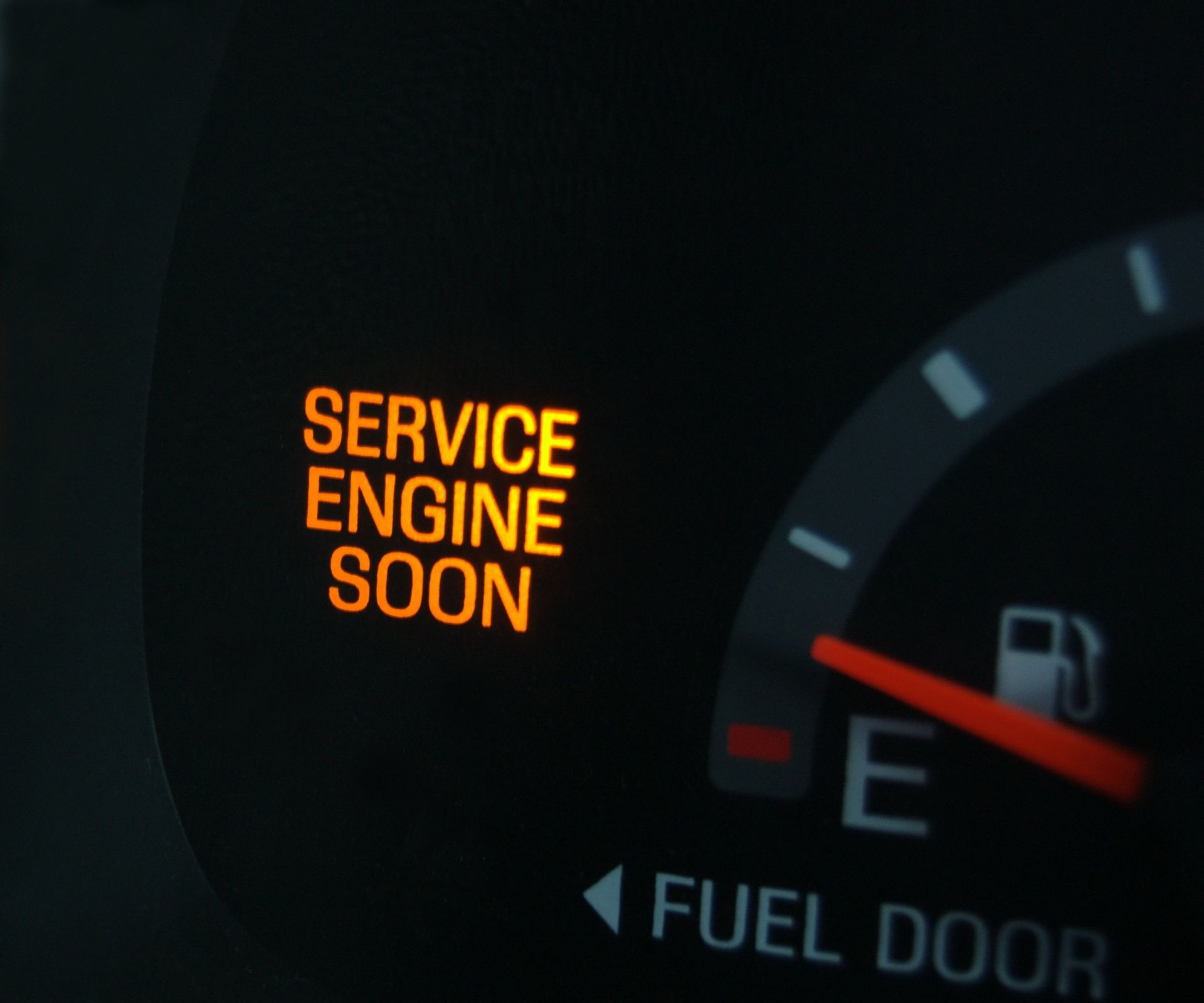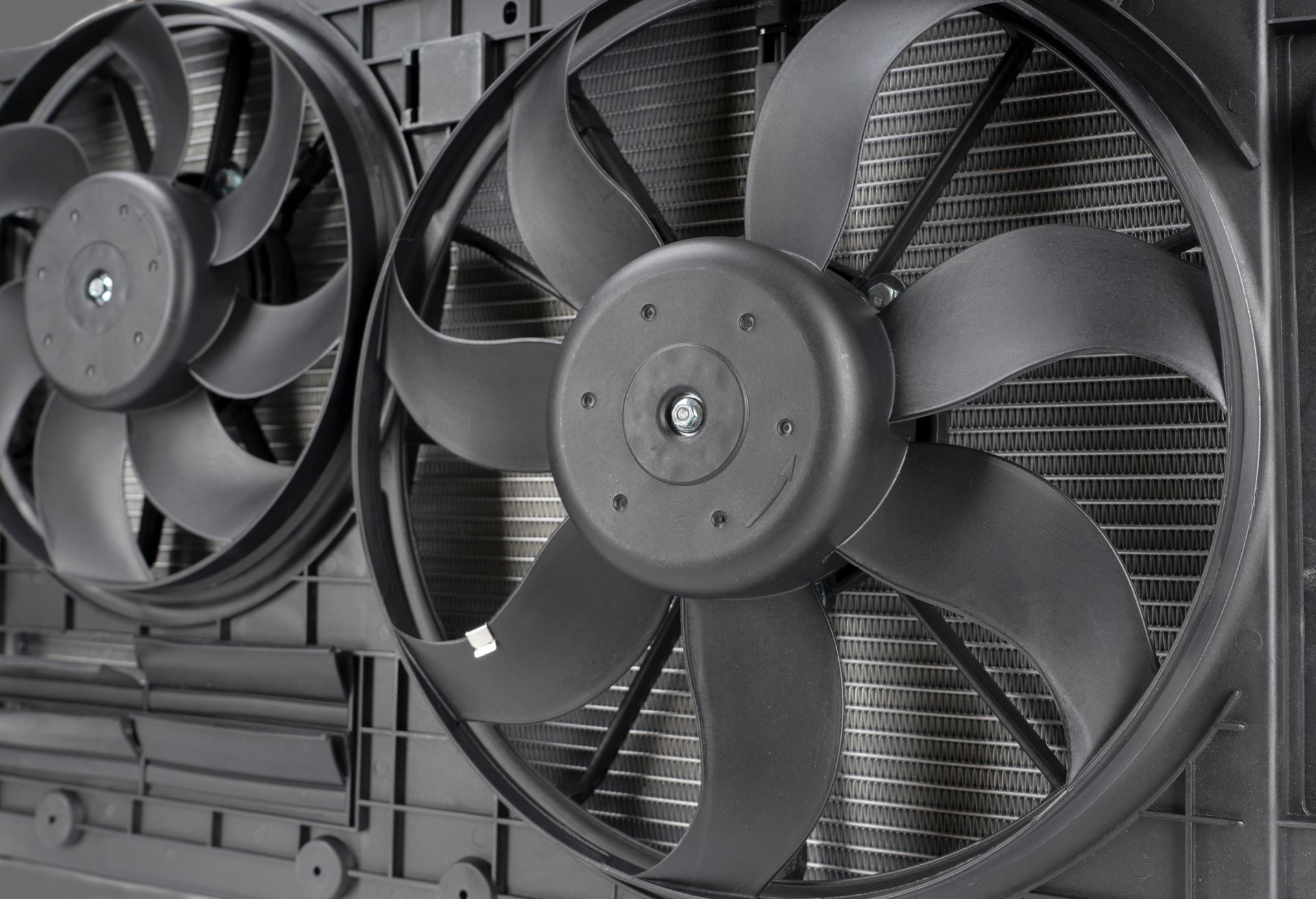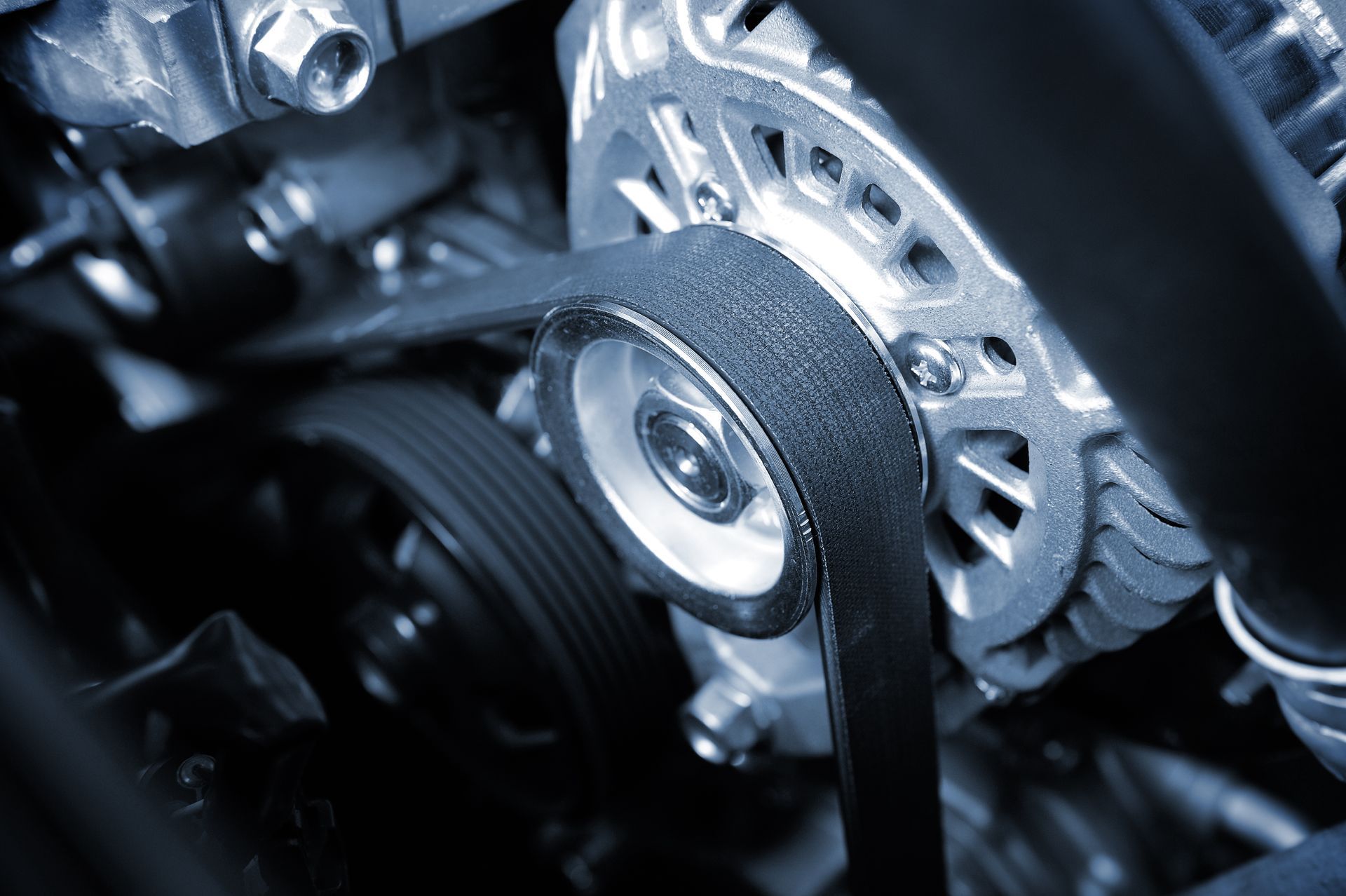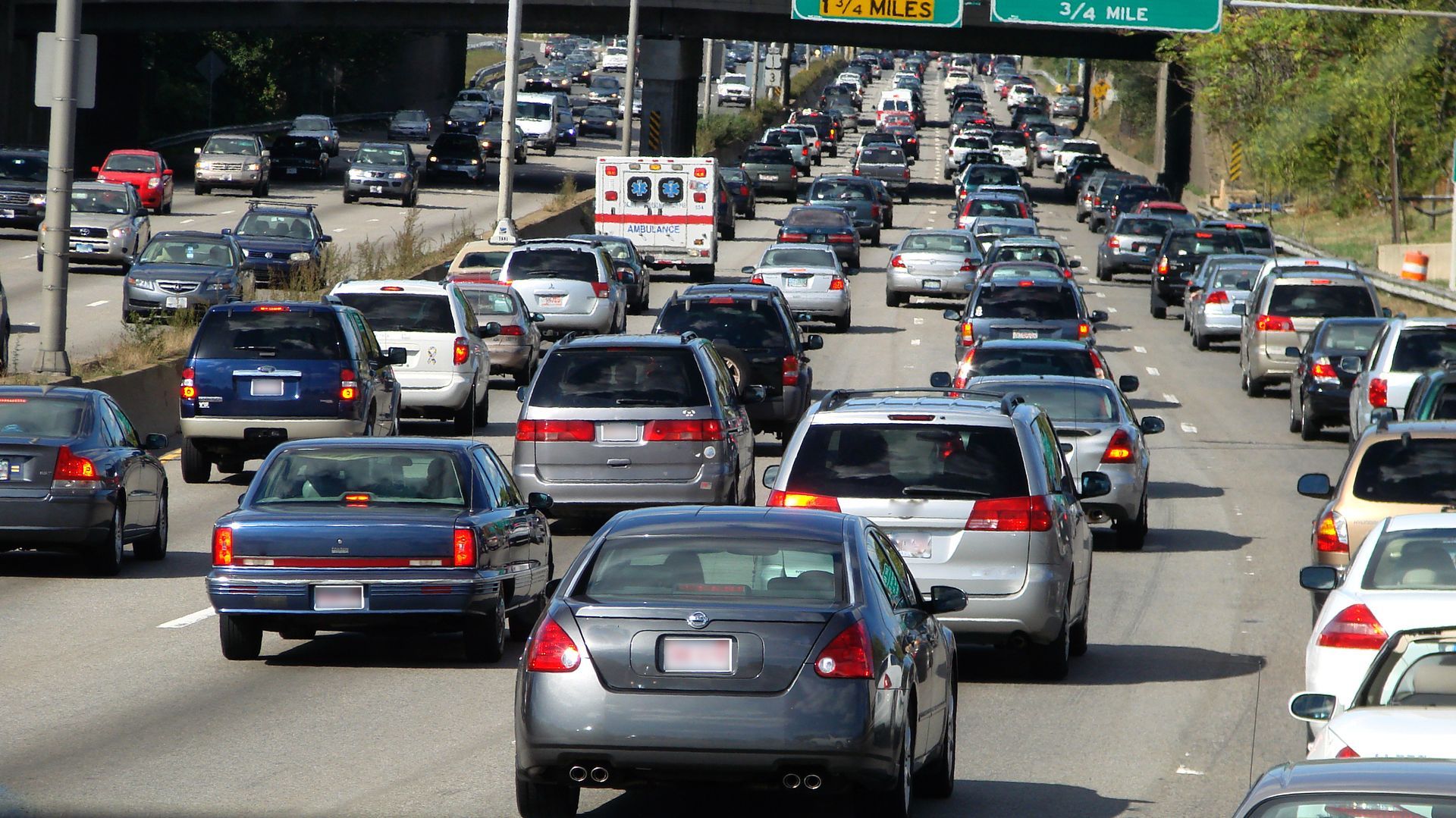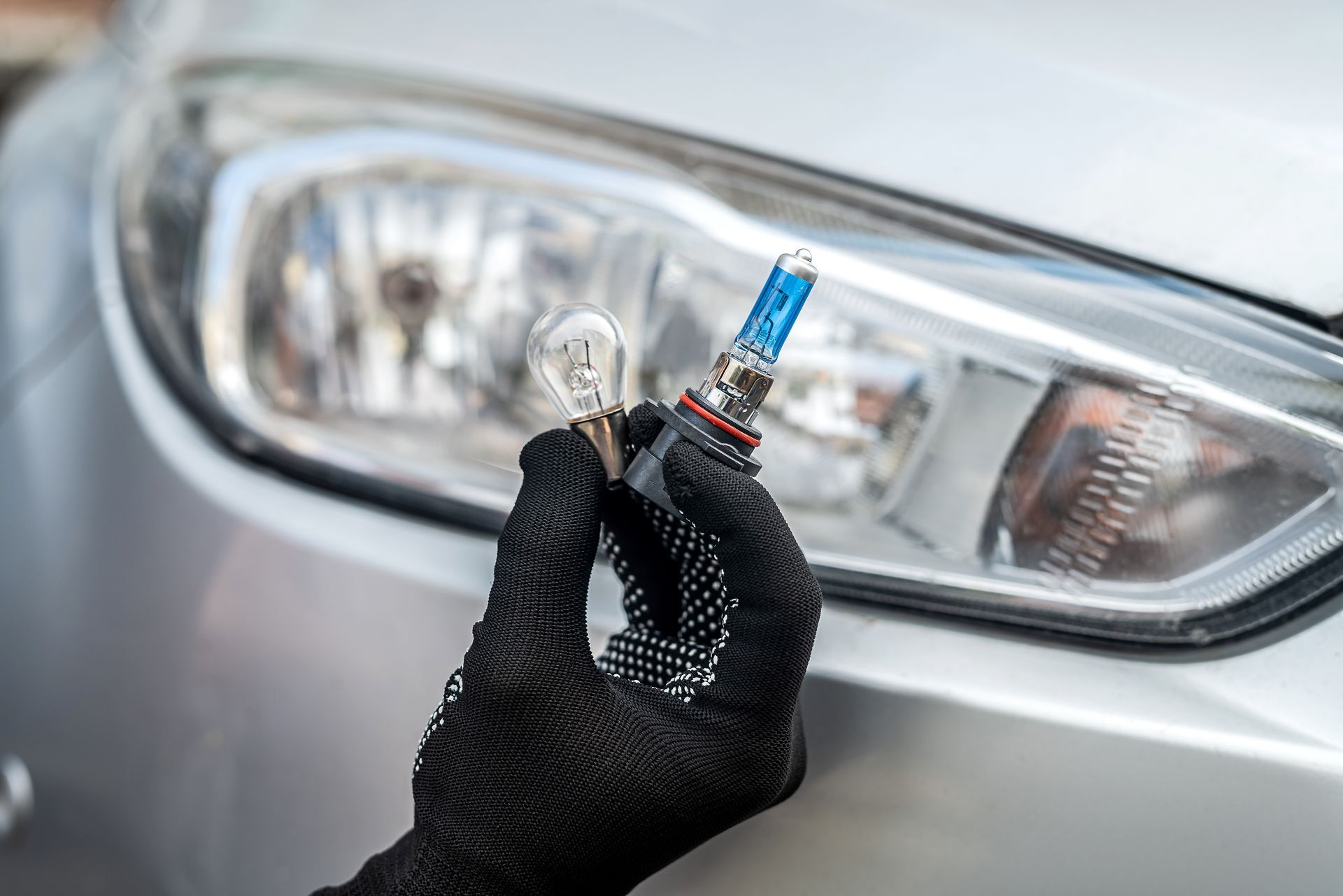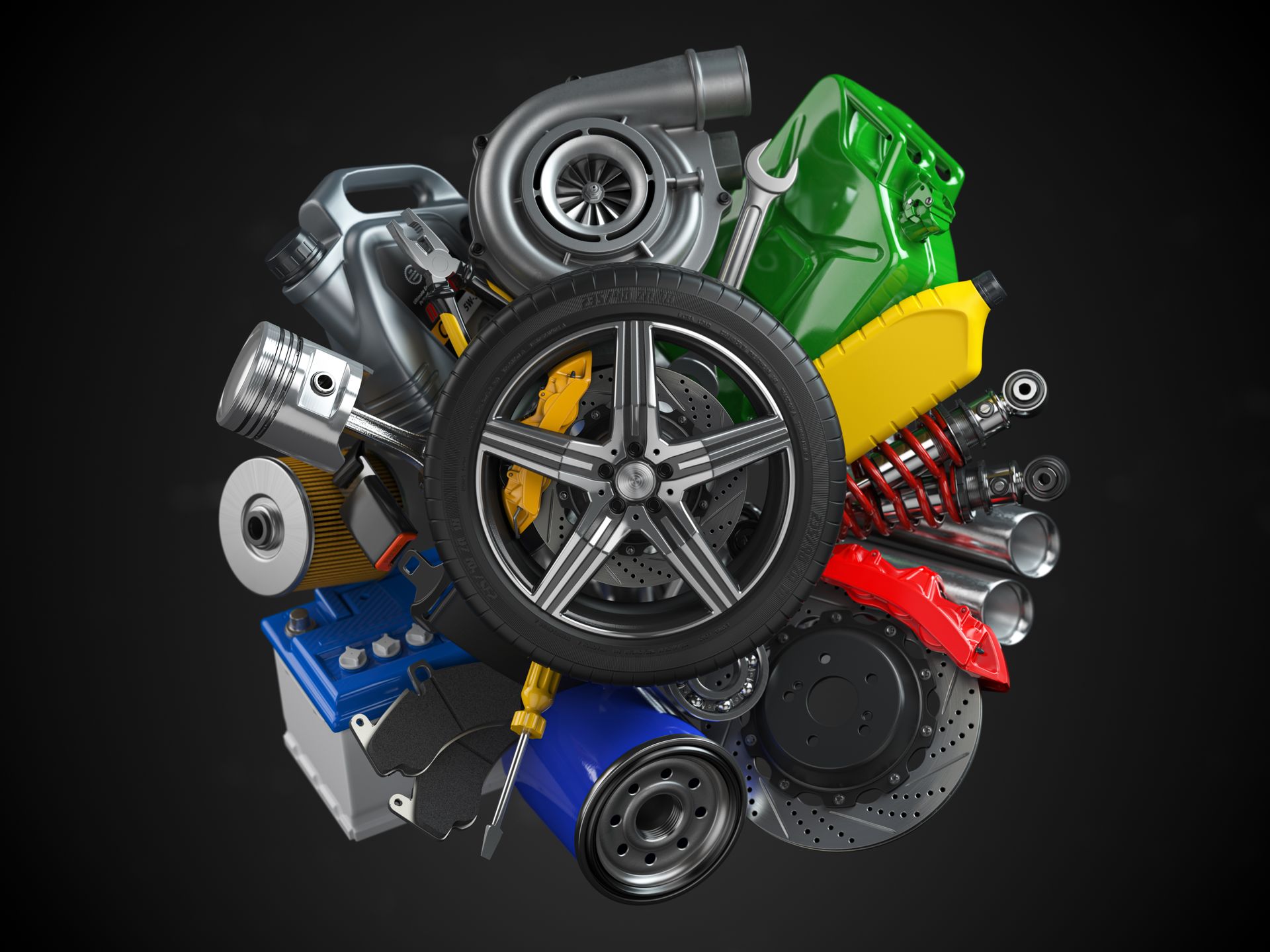When your car is idling, the engine should run smoothly at a consistent RPM, typically between 600 and 1,000 revolutions per minute. But if you notice the needle bouncing up and down or feel the engine surging or stumbling, your car is experiencing fluctuating idle RPMs. This behavior isn’t normal and can indicate anything from a dirty air filter to a failing sensor.
While your vehicle might still run with idle issues, ignoring them can reduce performance, waste fuel, and eventually lead to stalling or engine damage.
What Causes RPM Fluctuations at Idle
Idle problems are typically caused by issues with air, fuel, or spark. The engine control unit (ECU) uses a variety of sensors to manage these systems, and when one isn’t working right, your idle can become rough or unstable.
Common causes include:
Vacuum Leaks
A vacuum leak allows extra, unmetered air into the engine, disrupting the fuel-to-air ratio. This can confuse the ECU, causing it to overcompensate and adjust idle speed erratically. Cracked hoses, loose connections, or damaged intake gaskets are common sources of leaks.
Dirty or Faulty Idle Air Control (IAC) Valve
The IAC valve regulates airflow when the throttle is closed, such as when your car is idling. If it becomes dirty or sticks, the engine may receive too much or too little air, leading to RPM fluctuations.
Mass Air Flow (MAF) Sensor Issues
The MAF sensor measures the amount of air entering the engine. A dirty or malfunctioning sensor can send inaccurate readings to the ECU, affecting idle speed and engine performance.
Throttle Body Build-Up
Over time, carbon deposits can accumulate on the throttle body, restricting airflow and causing irregular idling. Cleaning the throttle body can often restore smooth operation.
EGR Valve Problems
The Exhaust Gas Recirculation (EGR) valve helps reduce emissions by recirculating a small amount of exhaust back into the engine. If this valve sticks open, it can introduce too much exhaust at idle, affecting combustion and causing the RPMs to dip and surge.
Engine Misfire or Weak Spark
If the engine is misfiring or if there’s a problem with the ignition coils or spark plugs, the engine won’t run smoothly. This can cause the idle speed to vary as the ECU struggles to maintain stability.
Fuel Delivery Issues
A clogged fuel injector or a weak fuel pump can reduce the amount of fuel reaching the engine at idle. This imbalance affects combustion and may cause the RPMs to jump or fall erratically.
When Is Fluctuating Idle a Serious Problem
While some idle changes are normal, for example, when the A/C turns on or during a cold start, persistent, noticeable fluctuations can signal deeper problems. If you notice your car:
- Shakes or vibrates while idling
- Stalls when stopped
- Feels like it might shut off
- Has an illuminated check engine light
Then it’s time for a diagnostic. Even if the car runs fine at higher speeds, rough idling often means something isn’t working efficiently.
What Should You Do
If your car’s idle feels unstable, it’s best to have it inspected sooner rather than later. A diagnostic scan can reveal trouble codes pointing to faulty sensors or components. Technicians may also perform a smoke test to identify vacuum leaks or check the condition of the throttle body and IAC valve.
In many cases, resolving idle fluctuations is straightforward and inexpensive—especially if caught early.
Smooth Out Your Idle With Help From General Automotive Servicenter in Gaithersburg, MD
A rough idle is your engine’s way of asking for help. Whether it’s a dirty sensor, a worn valve, or a vacuum leak, our experienced technicians can pinpoint the issue and restore your engine to smooth, reliable performance.
Call
General Automotive Servicenter in Gaithersburg, MD, today to schedule a diagnostic and enjoy a quieter, steadier drive.

